The Role of Play in Developing Communication Skills in ABA Therapy
Exploring How Play Transforms Communication in Autism Therapy


Introduction
When it comes to helping children with autism develop communication skills, play isn't just child's play—it's a powerful therapeutic tool. Integrated into Applied Behavior Analysis (ABA) therapy, structured play activities are changing the way children with Autism Spectrum Disorder (ASD) learn to communicate. This approach taps into the natural joy and engagement of play to foster not only language skills but also social interactions and emotional growth. In this article, we will explore how structured play is utilized in ABA therapy to enhance communication and why it holds such significance in developmental contexts.
Structured Play in ABA Therapy: The Building Blocks of Communication
What is Structured Play in ABA Therapy?
Structured play refers to guided activities that focus on teaching specific skills to children through engaging and fun interactions. Unlike free play, which is entirely led by the child, structured play in Applied Behavior Analysis (ABA) therapy involves intentional planning by therapists to meet specific developmental goals. Activities are designed to promote key skills such as communication, problem-solving, and social interaction while allowing room for creativity within clear boundaries.
How is Structured Play Used to Enhance Communication Skills?
In ABA therapy, structured play is tailored to each child's needs. Therapists implement activities that encourage language development, enhance emotional regulation, and foster social skills. For example, games that involve turn-taking teach cooperation, while role-play scenarios provide a platform for practicing dialogue and narrative skills. The use of positive reinforcement during these activities reinforces desired behaviors, as children receive immediate feedback for using effective communication strategies. Furthermore, therapists utilize various techniques—such as Discrete Trial Training (DTT) and Natural Environment Teaching (NET)—to help children practice both verbal and non-verbal communication in comfortable and relatable settings.
The Impact of Structured Play on Communication Skills
The benefits of structured play in ABA therapy are significant. By engaging in these targeted activities, children can improve their expressive and receptive language skills, learning to communicate their thoughts and understand others effectively. Additionally, structured play helps in managing anxiety during therapy sessions, as children feel more at ease when participating in enjoyable and structured activities. Over time, the skills learned through structured play not only improve immediate communication abilities but also support broader social interactions, paving the way for meaningful connections with peers.
| Type of Play | Description | Skills Enhanced |
|---|---|---|
| Functional Play | Using toys as intended | Basic social skills |
| Symbolic Play | Pretending and role-playing | Imaginative thinking, social skills |
| Social Play | Interacting with peers through games | Cooperation, patience |
Overall, structured play plays a crucial role in fostering the communication skills necessary for children's social and emotional growth in ABA therapy.
The Therapeutic Benefits of Play for Children with Autism
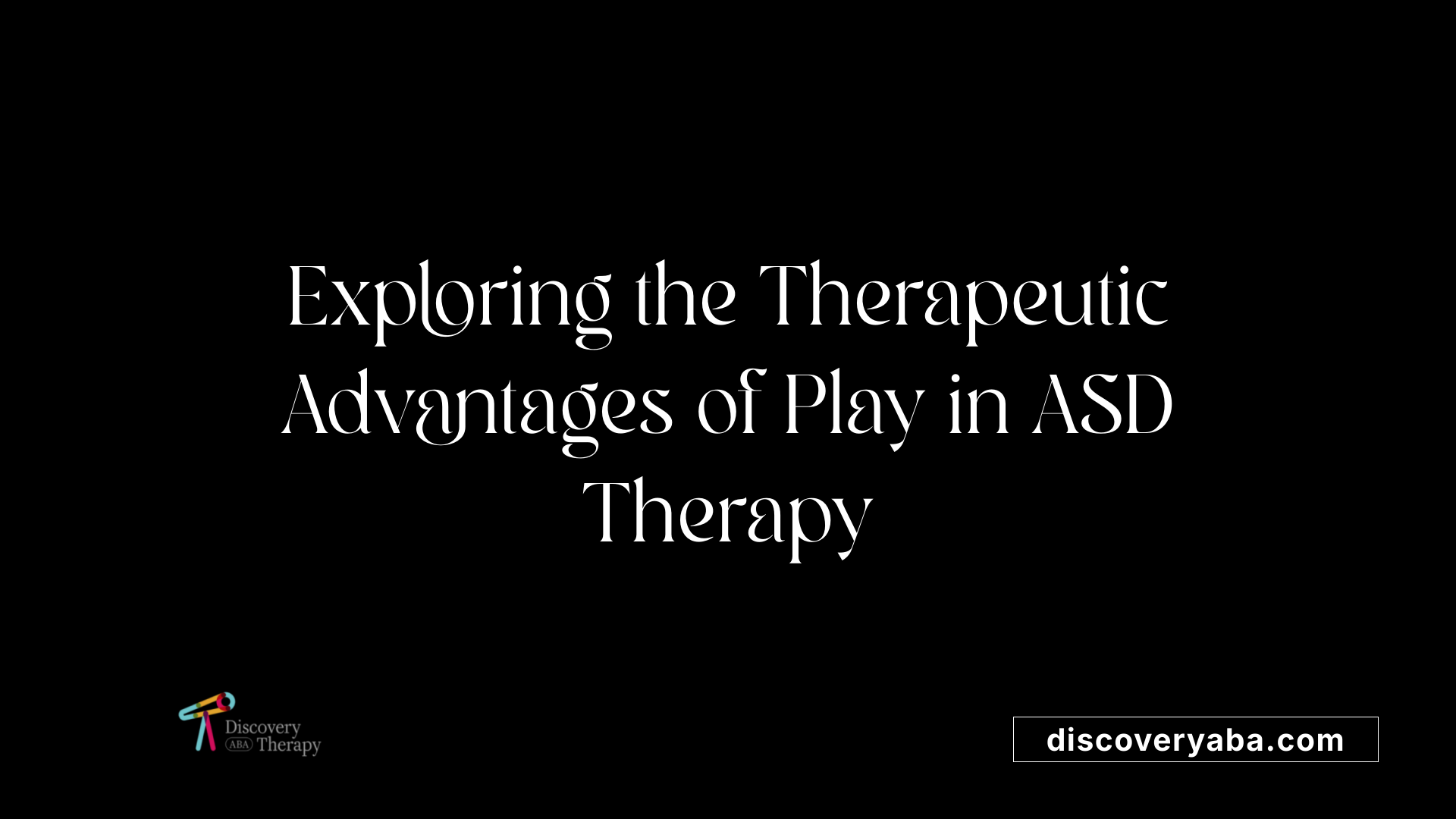
What are the therapeutic benefits of using play-based interventions for children with autism spectrum disorder?
Play-based interventions offer significant therapeutic benefits for children with autism spectrum disorder (ASD). They enhance social skills, communication abilities, and emotional regulation through engaging, goal-oriented activities.
- Social Skills: Structured play allows children to practice essential social interactions like turn-taking and sharing in a comfortable setting. This practice not only fosters cooperation but also prepares them for real-life friendships.
- Communication Abilities: Activities designed around play engage children in verbal dialogues and narrative skills, enhancing both expressive and receptive language. Techniques such as role-playing and the Picture Exchange Communication System (PECS) help them grasp and communicate ideas effectively.
- Emotional Regulation: Sensitively designed play scenarios help children explore and manage their emotions. This is vital for teaching them to cope with feelings of frustration or sadness and is essential for overall emotional health.
Research indicates these interventions improve daily functioning and encourage participation, especially when parents and educators are actively involved. The positive reinforcement used in these therapies further establishes a rewarding environment for learning, making communication more enjoyable and effective.
Techniques in Play Therapy: Enhancing Communication in Children with Autism

What specific techniques in play therapy are effective for enhancing communication abilities in children with autism?
Techniques in play therapy that effectively enhance communication abilities in children with autism include:
- Role-Playing: This involves simulating social scenarios where children can practice verbal responses and non-verbal cues in a safe and controlled environment. Role-playing helps them navigate social interactions and build confidence in expressing themselves.
- Modeling: Therapists demonstrate appropriate communication behaviors that children can observe and imitate. This technique reinforces learning through visual examples, making it easier for children to grasp social norms and cues.
- Structured Play: Incorporating goal-driven activities, structured play provides clear objectives while encouraging creativity. For instance, playing games that require turn-taking or sharing fosters social skills and enhances communication through playful engagement.
Additionally, sensory play and methodologies like Floortime allow children to connect with their interests, increasing their willingness to communicate.
Tailored interventions in therapy
The personalization of therapy is crucial. Trained therapists adapt interventions based on each child’s unique needs and developmental levels. Such tailored approaches ensure that children not only improve their communication skills but also work on emotional regulation and social skill development through engaging activities. Overall, play therapy serves as a powerful vehicle for learning, enabling children with autism to communicate more effectively while fostering enjoyment in the process.
Research Insights: Play as a Tool for Communication Development

Are there any research findings or expert insights on using play as a tool for developing communication skills in children with autism?
Research indicates that using play as a tool significantly enhances communication skills in children with autism. A review of 388 studies on play-based interventions found these methods remarkably effective in targeting social and communication outcomes, particularly in children aged 2–8 years. These findings confirm that child-centered play therapy promotes engagement and social behaviors within this demographic.
Several studies report substantial improvements in social skills measured through various assessment scales. However, limitations, such as small sample sizes, exist in many of these studies. Despite this, the evidence consistently supports play therapy's role as a beneficial strategy. It helps foster trust and motivation among autistic children, creating an environment where relaxed communication can thrive.
Moreover, play therapy not only encourages development in social skills but also shows potential for integration with behavioral approaches like Applied Behavior Analysis (ABA). This integration could lead to a more holistic intervention model, targeting both communication and behavioral improvements effectively. By combining play with structured behavioral techniques, therapists can create engaging learning experiences tailored to individual needs, thus enhancing overall communication skills in a supportive environment.
Incorporating Play into ABA Therapy Sessions

How can therapists incorporate play into ABA therapy sessions for children with autism?
Therapists can effectively incorporate play into ABA therapy by using structured play activities designed to target specific developmental goals. This method allows children to acquire essential skills in a fun and engaging manner. For example, activities such as puzzles can enhance problem-solving skills, while turn-taking games promote social skills like sharing and cooperation.
In addition to structured activities, therapists can leverage naturalistic play by embedding learning opportunities within everyday routines that align with the child's interests. This approach not only makes therapy more enjoyable but also encourages children to apply learned skills in a familiar context, enhancing generalization of these skills outside therapy.
Social play is another crucial component, as it provides a foundation for developing key communication abilities. By engaging children in games that require interaction with peers or therapists, such as role-playing scenarios, they can practice navigating social situations, thereby improving both verbal and non-verbal communication skills.
Moreover, play fosters a positive therapeutic environment, building trust and rapport between the therapist and the child. This supportive atmosphere is instrumental in making therapy sessions enjoyable, ultimately enhancing the overall effectiveness of ABA therapy.
The Essential Role of Play in Developmental Contexts
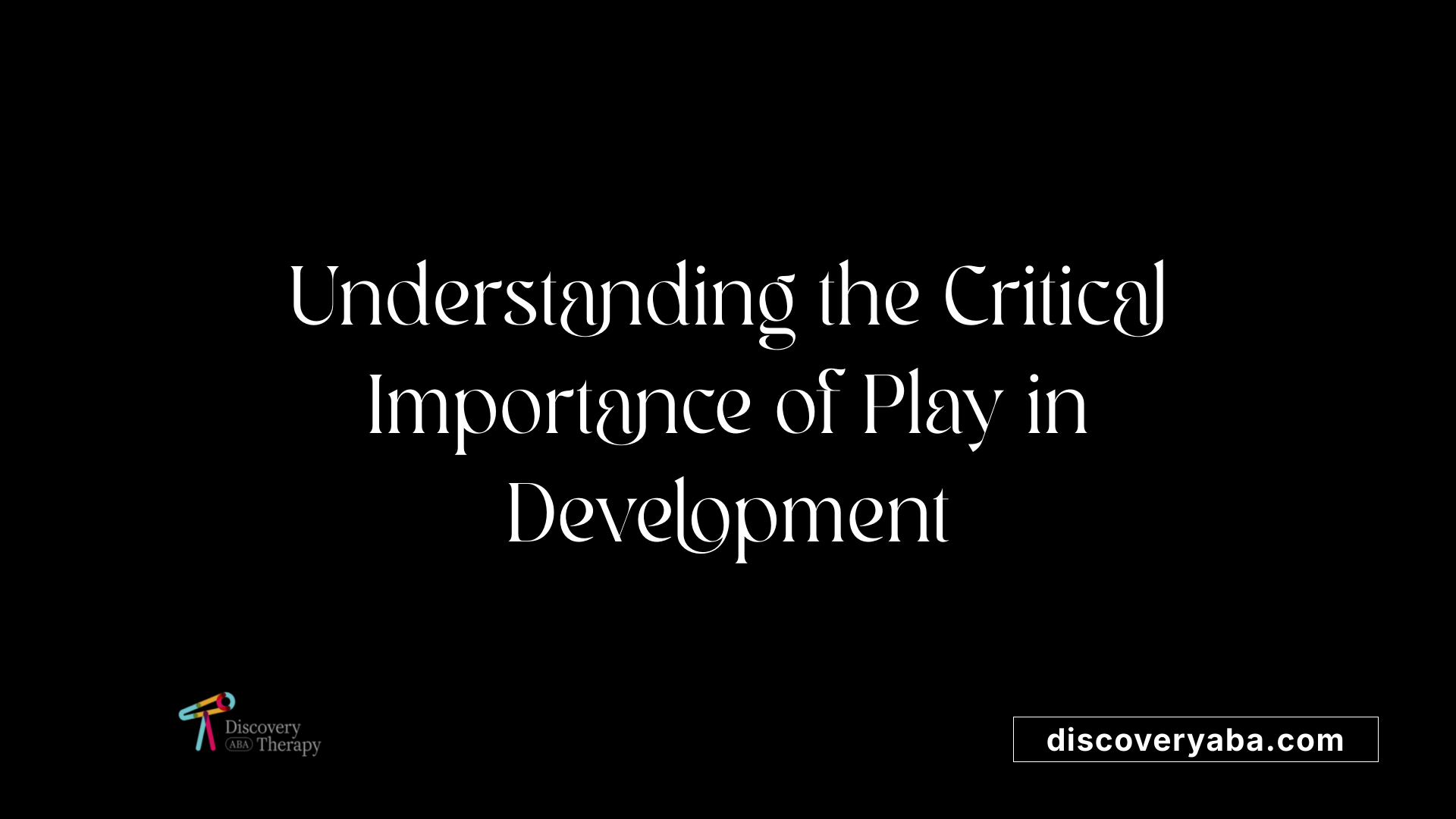
Why is play considered important in developmental contexts, especially within ABA therapy for improving communication skills?
Play is crucial in developmental contexts, particularly in ABA therapy, as it provides an engaging and enjoyable platform for learning essential communication skills. Through structured play, children can learn and practice language abilities in a natural setting. This play-based method fosters social interactions, creating opportunities for children to engage in dialogue, share experiences, and develop friendships.
Enhancing Communication within ABA
ABA therapy utilizes various play-based techniques, enhancing children's communication skills in fun and interactive ways. For example, functional play teaches children to use toys appropriately, while symbolic play allows them to engage in imaginative scenarios. These activities not only bolster language development but also help children navigate social norms and cues that are critical for effective communication.
Activities such as role-playing provide practical experiences for children, allowing them to simulate real-life interactions in a controlled environment. Additionally, techniques like Natural Environment Training (NET) integrate learning into everyday situations, promoting the application of skills beyond the therapy room. As children practice and receive positive reinforcement for their successes, they feel more confident and capable in social settings.
Supporting Growth and Skills Generalization
Play is instrumental in skill generalization, allowing children to transfer what they've learned in structured environments to real-world scenarios. Engaging in games that require turn-taking and sharing nurtures cooperation and patience, essential traits for forming relationships. Moreover, reducing anxiety during therapy sessions through fun activities fosters a more receptive learning environment.
Ultimately, play not only bolsters cognitive and social growth but also nurtures emotional development. Such a holistic approach makes play a vital component in effective interventions for children with autism.
Conclusion
The integration of play into ABA therapy represents a nuanced, child-friendly approach that effectively supports communication development in children with autism. As demonstrated, structured play activities not only enhance verbal and non-verbal communication but also offer holistic benefits, facilitating emotional regulation and social interaction. By leveraging the naturalistic and enjoyable aspects of play, therapists can engage children's interests, creating a therapeutic environment that is both supportive and effective. As research continues to underscore the benefits of play-based interventions, ABA therapy remains a cornerstone of autism treatment, emphasizing the significance of play in fostering communication, personal growth, and overall well-being for children on the autism spectrum. The promise of improved communication skills through play not only offers hope but also sets the stage for more profound connections and successes in children’s lives.
References
- ABA Therapy and Play: How Structured Play Supports Learning
- The Power Of Play In ABA Therapy - Willow Reach Behavior Services
- Enhancing Communication Skills With ABA Therapy
- How ABA Therapy Can Improve Communication Skills in Children
- The Role of ABA Therapy in Enhancing Communication Skills
- How ABA Therapy Improves Communication and Language Skills
- Using ABA Therapy to Develop Communication Skills in Children ...
- ABA Therapy for Social Skills Development
- Supporting Autistic Children through Structured Play
- Play therapy in children with autism: Its role, implications, and ...
Find More Articles

The Role of Goal-Oriented Sessions in ABA Therapy

How ABA Therapy Works: A Step-by-Step Guide

The Role of Self-Management Strategies in ABA Therapy

How ABA Therapy Supports Emotional Expression in Children

The Role of Parent Training in ABA Programs

How ABA Therapy Supports Positive Transitions Between Activities

How to Reinforce ABA Learning in Community Settings

The Role of Functional Behavior Assessments in Preventing Problem Behaviors

How School-Based ABA Therapy Supports Classroom Success

How to Choose Between At-Home and Center-Based ABA Therapy

How ABA Therapy Helps Develop Conflict Resolution Skills

How to Identify the Best ABA Provider for Your Child

How to Use Token Economies in ABA Therapy

The Role of Peer Modeling in ABA Therapy Success

The Benefits of Naturalistic Teaching Approaches in ABA Therapy
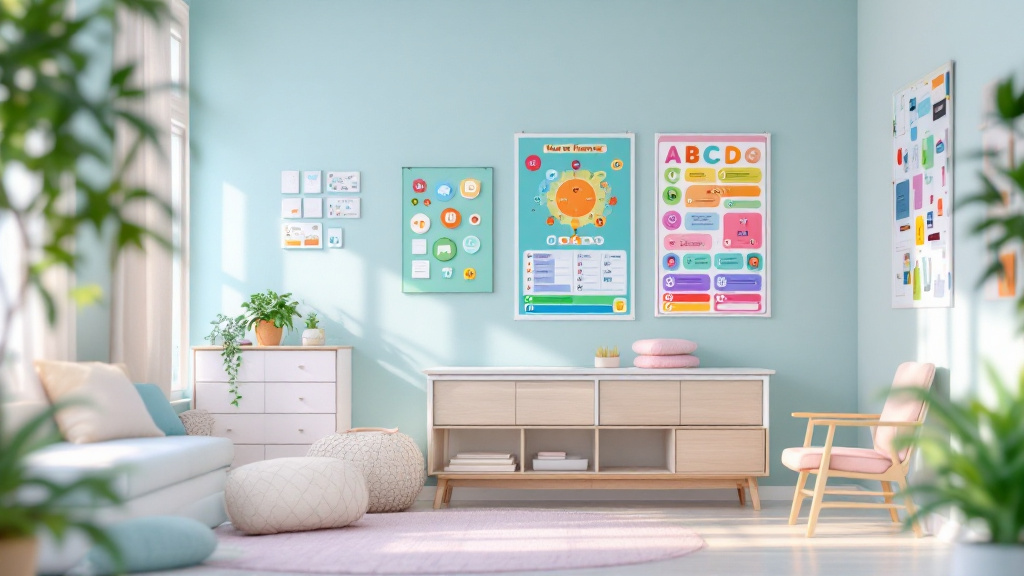
What Is the ABCs of Behavior in ABA Therapy?

The Benefits of Group ABA Therapy for Social Skill Development

How to Encourage Positive Social Interactions with ABA Strategies

How to Introduce New Skills in ABA Therapy Without Overwhelming Your Child

The Benefits of Combining ABA Therapy with Other Interventions

Solar Power for Autism Support Networks

How to Address Hyperactivity with ABA Therapy

Common Misconceptions About ABA Therapy
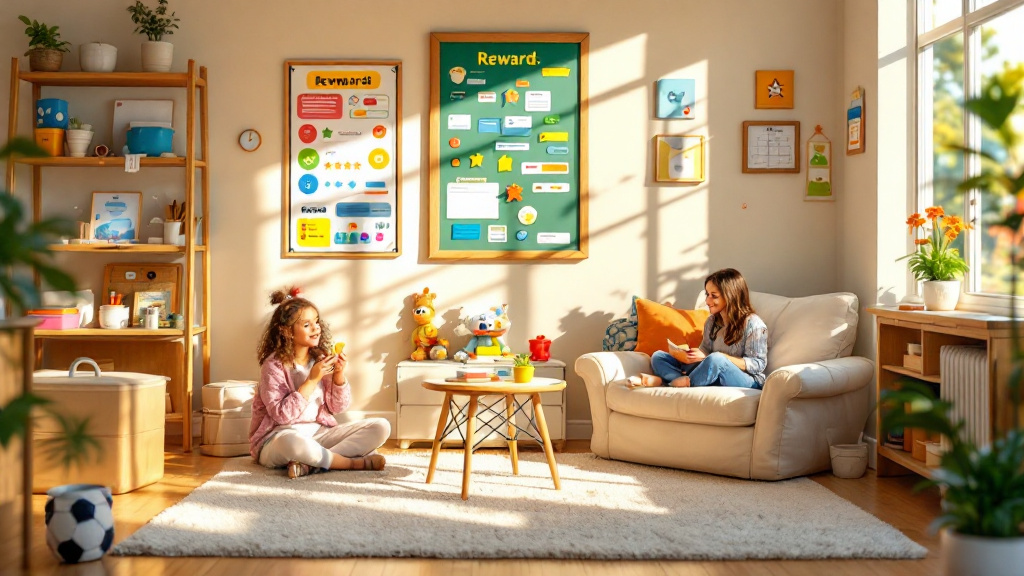
Understanding the Principles of Positive Reinforcement

Understanding the Principles of Positive Reinforcement

Understanding the Principles of Positive Reinforcement

How ABA Therapy Supports Transitions Between Activities

Understanding the Principles of Positive Reinforcement

How to Identify and Celebrate Small Successes in ABA Therapy Progress

Understanding the Principles of Positive Reinforcement

How to Introduce Visual Schedules for Better Behavior Management

How ABA Therapy Can Reduce Self-Injurious Behaviors

How ABA Therapy Supports Academic Success

The Importance of Early Signs Recognition and ABA Intervention

How ABA Therapy Helps Improve Comprehension and Listening Skills

How to Use Visual Schedules to Support Your Child’s ABA Goals

How ABA Therapy Supports Self-Help Skills Like Dressing and Eating

How ABA Therapy Supports Behavioral Success in Community Settings

How ABA Therapy Helps Build Independence in Daily Activities

Building Social Skills Through ABA Therapy Techniques

The Role of School-Based Behavior Intervention Plans (BIPs)

The Benefits of Scripting and Role-Playing in ABA Therapy

How to Help Your Child Develop Coping Strategies with ABA Therapy

How to Address Hyperactivity and Attention Challenges with ABA Therapy

How to Help Your Child Develop Coping Strategies with ABA Therapy

How ABA Therapy Addresses Challenging Behaviors

The Importance of Social Skill Groups in ABA Therapy

How ABA Therapy Addresses Challenging Behaviors

The Role of Task Analysis in ABA Therapy for Teaching New Skills

How ABA Therapy Helps Improve Focus and Attention in the Classroom
%2520(1).jpeg)
Assessment Tools For People With Autism

Autism And Chronic Pain

How to Use Social Stories to Enhance ABA Therapy Outcomes

How ABA Therapy Helps Prepare Children for School Success

How School-Based ABA Therapy Can Improve Academic Performance

How to Address Resistance to ABA Therapy and Build Engagement

How to Use ABA Therapy to Develop Self-Help Skills in Daily Routines

How to Use Role-Playing in ABA Therapy for Skill Development

How to Handle Regression in Skills During ABA Therapy

How ABA Therapy Supports Social Communication Development

How to Find the Best ABA Therapy Provider for Your Child

How to Create a Reward System That Motivates Your Child in ABA Therapy

The Role of ABA Therapy in Preparing Children for Independent Living

How ABA Therapy Teaches Communication and Social Skills

How School-Based ABA Services Help Students with Autism Thrive

How ABA Therapy Helps Develop Patience and Waiting Skills

How to Support Your Child’s Social Interactions Using ABA Techniques

How ABA Therapy Addresses Anxiety and Fear Responses in Children

The Role of Play-Based ABA Therapy in Skill Development

How ABA Therapy Helps Build Confidence in Children with Autism

The Benefits of Center-Based ABA Therapy for School Readiness

The Role of ABA Therapy in Building Emotional Intelligence

How to Use Differential Reinforcement in ABA Therapy

Exploring Different ABA Techniques and Strategies

How to Prepare for IEP Meetings When Seeking ABA Therapy Support

How to Use ABA Therapy to Develop Resilience and Coping Mechanisms

How to Work with ABA Therapists to Set Realistic and Achievable Goals

How to Recognize Burnout in ABA Providers and Address It

The Connection Between ABA Therapy and Improved Social Skills

How ABA Therapy Helps Address Aggressive Behaviors
.jpeg)
Does Processed Food Cause Autism?

The Benefits of ABA Therapy for Adolescents with Autism

How to Reinforce ABA Strategies at Home for Consistent Progress

How to Create a Positive Learning Environment at Home with ABA

Autism And Dementia: The Connection and Differences

How ABA Therapy Supports a Lifetime of Learning and Growth

The Role of Functional Behavior Assessments in ABA

How ABA Therapy Helps with Anger Management Skills

How to Address Food Selectivity Using ABA Techniques

How ABA Therapy Supports a Smooth Transition to Middle and High School

How to Address Perseveration in ABA Therapy

The Role of Social Reinforcers in Motivating Positive Behavior

How to Navigate the Transition from ABA Therapy to School Support Services

How to Address Overstimulation and Meltdowns Using ABA Techniques

ABA for Anxiety in Adolescents with Autism
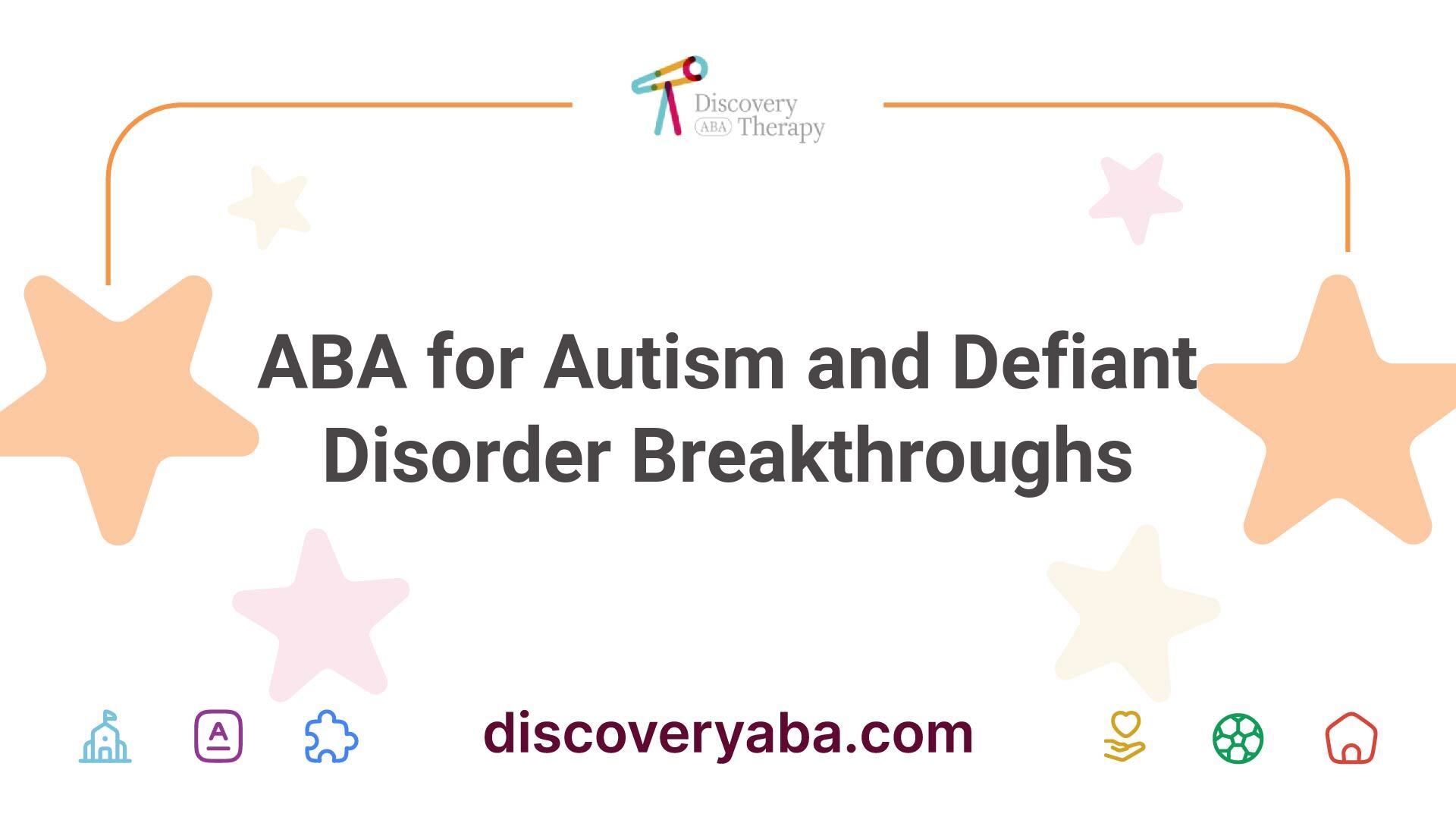
ABA for Autism and Defiant Disorder Breakthroughs

ABA for Behavioral Challenges in Autism

ABA for Picky Eating in Autism
Contact us
North Carolina, Tennessee, Nevada, New Jersey, Utah, Virginia
New Hampshire, Maine
Massachusetts, Indiana, Arizona, Georgia
.avif)


